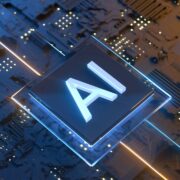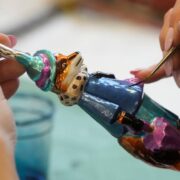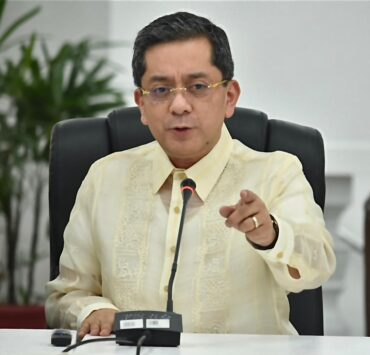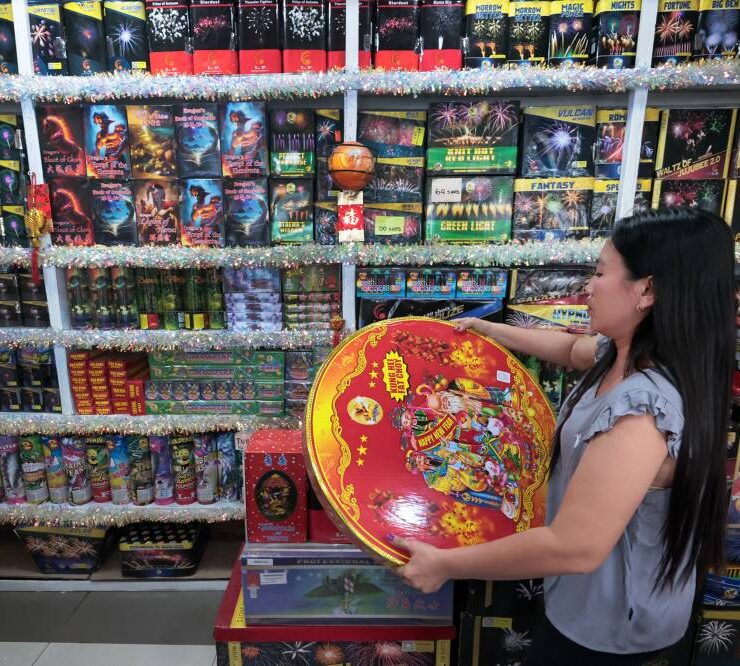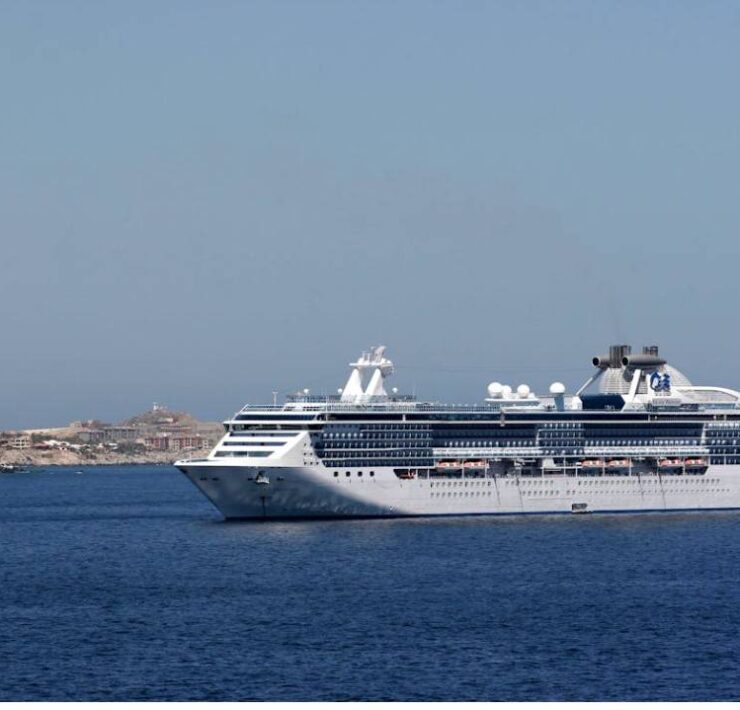PH scientists building country’s first cryobank for corals

In what could be considered a breakthrough in marine conservation, a team of scientists from the University of the Philippines is building in Pangasinan province the country’s first cryobank, or facility for storing cells, embryos and other genetic materials of corals to foster their growth.
The project, which began in November last year, is part of the mission of a network of marine research institutions in Southeast Asia to create a network of cryobanks for coral larvae within the Coral Triangle—a marine area spanning this region up to the Solomon Islands northeast of Australia.
Multicountry effort
Scientists from Taiwan, Thailand, Indonesia and Malaysia are also involved in the multicountry effort.
Other crucial coral hot spots besides the Coral Triangle are the West Philippine Sea—where coral destruction by intruding Chinese vessels have been frequently reported—and Benham Bank in the Philippine Sea, northeast of Luzon Island.
Researchers involved in the Coral Triangle effort aim to establish one cryobank for each country where coral larvae will be frozen using various techniques of cryopreservation.
Cryopreservation
A process done through freezing in ultra-low temperatures, cryopreservation is an innovative approach to the protection of the population of coral species—which remain under threat of climate change and destructive fishing both in the country and in the region.
At the helm of the Philippine research team based at the Bolinao Marine Laboratory in Pangasinan is scientist Maria Vanessa Baria-Rodriguez, associate professor at the University of the Philippines-Marine Science Institute (UP-MSI).
“It’s not just about preserving corals today, it’s about building a foundation for future research and reef restoration that can benefit generations to come,” Baria-Rodriguez said of the goal of the researchers in this region to boost coral biodiversity, which is crucial to sustaining marine life.
‘Coral guinea pigs’
The initial focus of the project would be on pocilloporid corals, also called “coral guinea pigs,” which are “weedy” species that rapidly grow and reproduce,” UP-MSI said.
“They are among the first to colonize disturbed reefs due to their rapid growth and fast reproductive cycles. These traits make them valuable for accelerating reef recovery,” the institute said.
It also noted, however, “their sensitivity to climate stress, especially coral bleaching, [which] poses a significant challenge to their long-term survival.”
A 2022 study by the Philippine Council for Agriculture, Aquatic and Natural Resources Research and Development (PCAARRD) found that pocilloporid corals were among the 17 coral species that showed “lower tolerance to the combined effects of thermal stress and acidification.”
So far, the UP-MSI scientists were able to collect the colonies of pocilloporid during the early stage of their cryopreservation trials. They said they aim to further develop scientific procedures to protect the coral species.

